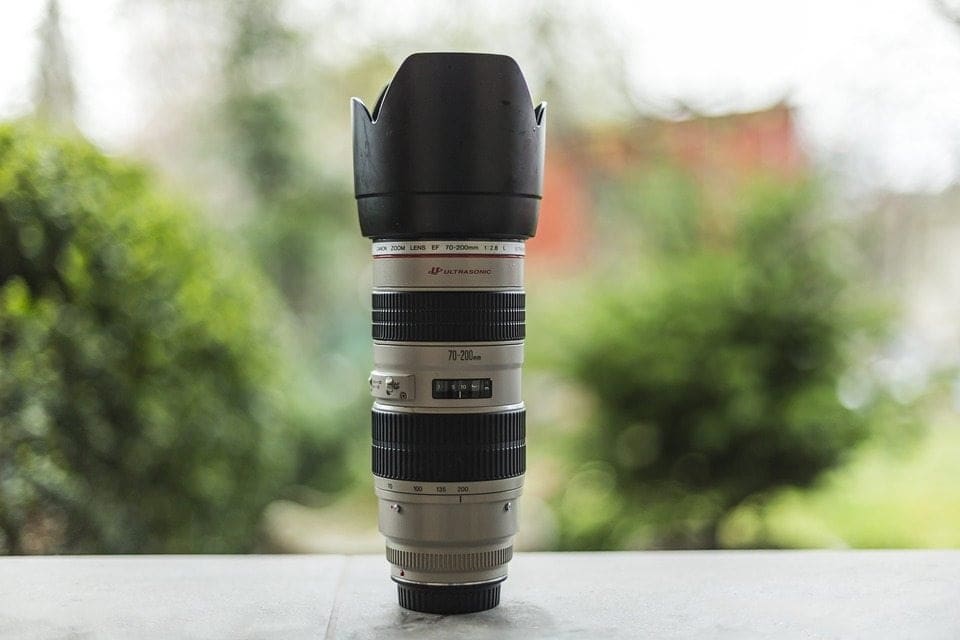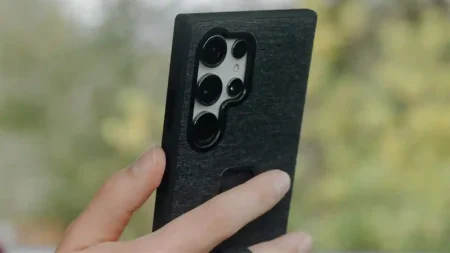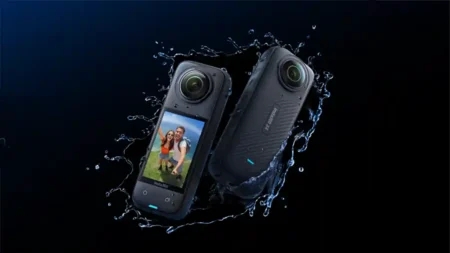Unsure of when to use a telephoto lens? In this quick guide we’ll answer the question ‘What is a telephoto lens?’ and explain when and why you should choose a longer focal length…
Telephoto lenses are a popular lens choice because of their ability to get in close to distant subjects. Many landscape photographers also prefer telephoto lenses because of their ability to compress the depth of field in a scene. This effect of compressing perspective makes images a little more intimate.
And if you are using a telephoto lens to shoot a portrait, the extra distance between you and your subject gives you room to position flashguns, reflector and diffusers more effectively.
But how do you know when it’s the most opportune time to switch to a telephoto lens? Below we’ll explain when it’s a good idea, plus share some tips for getting the most from your telephoto lens.
What is a telephoto lens used for?
The main benefit of a telephoto lens is that it increases your focal length. It gives you more reach. A telephoto lens is thus used for capturing subjects that are far away. Wildlife and sports photographers, for instance, typically need to remain a certain distance from their subjects and rely on telephoto lenses to capture them from farther away.
When photographers speak of telephoto lenses they are typically talking about optics with a longer focal length of 200mm+. Telephoto lenses magnify a subject and provide the photographer a narrower view. Most importantly, they compress the depth of field in a scene and produce flatter, more intimate images.
As we mentioned earlier, telephoto lenses afford you a greater working distance which can be useful for setting up lighting or simply giving yourself room to capture wildlife without disturbing them.
Using telephoto lenses to shoot close-ups
While telephoto lenses are most commonly used to photograph distant subjects, they can also be quite effective shooting subjects at a close range.
When photographing in close proximity to a subject, depth of field can be measured in millimetres. For a photographer to then maximise the zone of sharpness in her image, it’s very important to be precise and work methodically. A lazy technique will result in a poor image.
To this end, you’ll want to align your lens parallel to your subject when shooting close up in order to maximise depth of field. Critical focusing is also a necessity.
Using a telephoto lens to shoot moving subjects
If you are photographing wildlife one of the challenges you’ll face are subjects that refuse to stay still for very long. Rather than risk not getting a shot, try setting a wide aperture. This will ensure you have a fast enough shutter speed to freeze the creature you’re trying to photograph.
Of course, when you shoot at wider apertures the trade-off is shallow depth-of-field, so when doing this you need to be precise with your focusing.
Sometimes a good workaround when using a small aperture is to use flash, as well, to freeze any movement.
Using a telephoto lens from a low viewpoint
Telephoto lenses can be quite chunky, making shooting from unusual viewpoints seem cumbersome. If photographing from a low viewpoint, try resting your camera and lens on a beanbag and attach an angle-finder. Alternatively, use your live view screen to save craning your neck!
Greater working distance
A telephoto lens comes into its own when venomous creatures are targeted. Snakes, scorpions and hornets are all fascinating creatures that are best photographed with a considerable working distance – for safety reasons among other things!
Delicate subjects like ice formations and dew-encrusted spider’s webs all benefit from working from a greater distance as your warm breath can ruin the scene.



